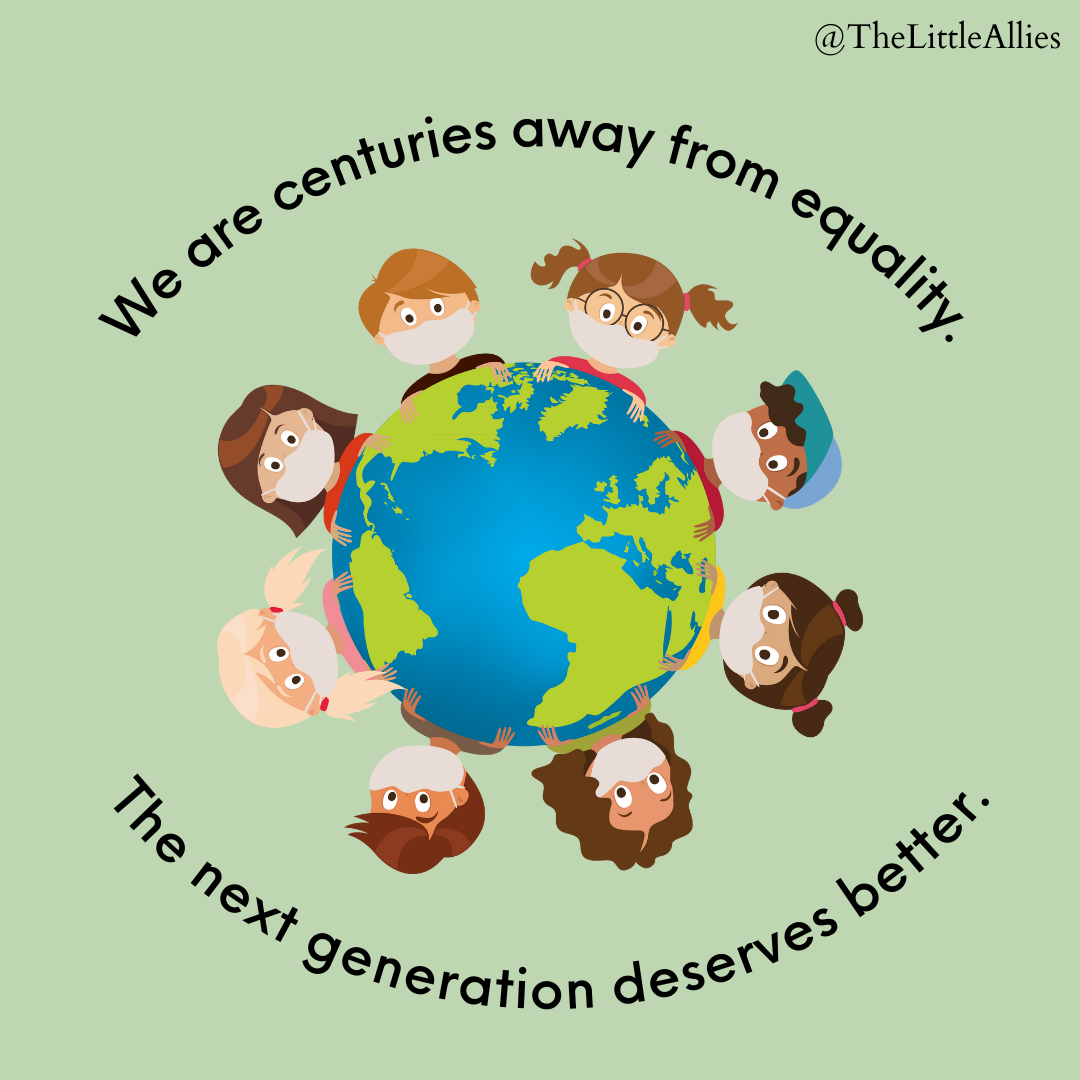Tips to start the conversation with kids about diversity
When I reflect on my why for my diversity and inclusion work, the real reason I do what I do is not to help organizations maximize innovation, revenues and profitabilities, but to educate and be a part of making workplaces more inclusive for the next generation. For me, it’s about my daughters’ experiencing a world that truly embraces them. It is important that they see themselves reflected in organizations that they work for and they feel like they are seen, heard, and belong at the same rate as others.
If we are still having this tiring, boring conversation about the business case for diversity and why it matters, I will be gravely disappointed. My hope Is that this next generation doesn’t have to have these conversations anymore. I hope that the next generation has tools to better understand differences and awareness about inequities and where they exist. They’re not raised to be color blind but color brave, they see gender as a spectrum, and they want equality for all.
Why Talk to Kids
Talking to your children about diversity, equity, and inclusion is important because they see differences. Children are very quick to speak up about differences not with judgment, but curiosity. They notice someone in a wheelchair, they notice different skin colors, they see a child that has same-sex parents.
What they don’t know how to do is talk about the differences. They boldly ask direct questions that might feel offensive to adults. They, then in turn, learn negative behavior that’s unhelpful to support diversity. They’re shushed when they ask uncomfortable questions. They’re met with disapproval when they look at someone different too long. This is a problem. If we don’t teach our kids how to talk productively about differences they’ll learn to ignore them, feel shame when noticing them, and worst of all contribute to further inequality.
We can’t fix a problem we’re not aware of.
History books and lessons over time reinforce white male supremacy. We briefly learn about slavery but don’t learn about Jim Crow. We learn about civil rights but we don’t learn about mass incarceration. We learn about women that were complicit with men and “good girls” but not about the revolutionary women that made real differences.
It’s time to teach your kids the real history. It’s time to address the systems that we have in place including education and the flaws. History reinforces a white male majority and doesn’t leave room for people of color, women, LGBTQ+, people with disabilities to see themselves reflected in history. If you’re a kid with a unique identity, studying primarily white male history is harmful. If you don’t see yourself reflected in our history, how will you know where you belong?
DEI Conversation Starters
Curious about diversity and inclusion but don’t know where to start a conversation with your kids? You are not alone. I’ve spent over a year researching this with my friend Simone Morris on our podcast Inclusion School, and after interviewing dozens of experts on the topic we have come to learn these truths:
- Meet our children where they’re at. Conversations will be very different depending on age and wherewithal. Keep it simple for younger kids and as they progress generally around age 10 they have the maturity to talk much more in depth about diversity and inclusion
- Ask them questions to facilitate their thinking around diversity. Keep them open and reserve judgement. Let them express themselves freely on the topic.
- Watch antiracism videos and books, and ask them what they thought.
- Read a book that has diverse characters and ask them what they noticed.
- Watch a movie with equal representation of genders, races, and sexual orientations and share your thoughts.
- Be mindful of the toys and books you have in your home. They are subtle signals of the types of people we accept.
There is no perfect way to have this conversation with our kids. It will be messy. You will make mistakes. Children will say unexpected things and ask hard questions. It’s okay to be vulnerable.
Little Allies
That is why I decided to be a part of positive change. To be an ally and step up and use my voice to amplify the voices of others. My book, Little Allies, is a children’s book designed to spark conversations with our children about diversity and inclusion. It’s too late to start talking about diversity and inclusion when people have already grown up and entered the workforce. And it’s not too early to start with children as young as five years old.
Children need tools to help them express what they’re seeing. They need parents, caregivers, and educators to talk with them about these candid issues. They need to learn it’s okay to see differences, but it’s not okay to treat people differently based on their differences. They need to know that racism and sexism exist and that they have the power with their voices to help end it as allies. Get your copy and free discussion guide at www.TheLittleAllies.com.
If you liked this post, check out my Next Pivot Point podcast. We have over 100 interviews with diversity, equity, and inclusion leaders all over the world. Be an ally and leave a review on Google Podcasts – it helps other allies find it.

